Inquiry +977-01 4116611, 9851116322 info@aarohiholiday.com

Trekking trails in India may be a meticulously planned tour to allow you to rehearse spectacular Himalayan trails and luxuriate in camping at breathtaking sites. This India Trekking takes you to a number of the foremost extravagant landscapes within the world crossing streams, mountains, remote villages, plateaus, rivers, and visiting the traditional monasteries. June to October is that the best time to try to the India Trekking.
During India Trekking we will gradually ascend to 1 of the attractive walks within the snow-leopard area. On India Trekking, we are able to explore the gorgeous section of the Markha valley and explore the salty Tsokar Lake. We will also enjoy camping at the bottom of the Kang-Yutze peak on the plains of Nimaling.
Aarohi Holiday will always make your India Trekking with a filled with memorable, extremely happy, and satisfied.
Day 1: Arrival Leh
Upon arrival at Leh airport, pick-up, and transfer to the hotel. After tea/coffee rest in hotel to get acclimatization. Evening walking tour in Leh bazaar. Overnight stay at the hotel.
Day 2: Leh to Zingchen to Rumbak
After having the breakfast drive to Zingchen and start walking through Zingchen Gorge. There is a restaurant where one can stop for tea and snacks. As we continue trekking further, the gorge gets narrower and rugged. On the way, one might see snow leopard signs along the valley bottom of the side valleys if you are trekking during winter or early spring/fall. As you approach Rumbak fields the valley suddenly opens up with snowcapped mountains in the background. From the fields, the path turns left eastwards for the Rumbak village. where Overnight stay in Home Stay.
Day 3: Wildlife viewing
After the breakfast proceed for full day wildlife viewing along with a trained local guide. Wildlife viewing possibilities are Blue sheep, the Great Tibetan sheep or the Argali, various mountain and migratory birds, high altitude flora, and occasionally a Tibetan Wolf or a Snow leopard if luck favors. Ask your Home-stay operator for a local guide or village resource map to show directions for possible options. Overnight stay in Home Stay.
Day 4: Rumbak to Stok to Leh
Make an early start for your trek up the Stok la pass(4900mts) for 3 hours. Follow the path on the extreme left along the south-facing hillside. After one hour the path gets slower as you start climbing up to the pass. From the pass, you can get great views of the Indus valley. Descend all the way down to the village of Stok. Optional visit to Stok Palace museum. Drive to Leh. Overnight stay at the hotel.
Day 5: Departure
Early morning on time departure transfer to Leh airport to catch the fight for onward destination.
What's included ?
Accommodation in Guest House ‘B’ class hotel in Leh, Manali, Keylong, Padum, and Hotel in Kargil with all meals.
All transportation by Toyota Qualis, Innova, or Scorpio.
Two men tent, Kitchen and dining tents.
Kitchen equipment and Toilet Tent.
Stool, Table, and mattresses.
Food veg and non-veg.
Cook, helper, and guide.
Horses for Luggage.
Monument entrances, wild life fees, and camping charges.
Climbing permit to Stok Khangri and Equipment.
What's excluded ?
Any arrangements in Delhi (Hotel Boking, Transportation, Guide)
Any flight tickets .( Domestic/international)
Sleeping Bags, trekking shoes, and clothing.
Any Kind of Personal Expenses or Optional Tours / Extra Meals Ordered
Anything not specifically mentioned under the head “Prices Included”.
Tips, Insurance, Laundry, Phone Calls.
Any Kind of Drinks (Alcoholic, Mineral, Aerated)
Cost incidental to any change in the itinerary/ stay on account of flight cancellation due to bad weather, ill health, roadblocks and/or any factors beyond control.
13% Gov. service tax. (GST)
Notices/Events/Info?
Info- Not specified as the moment.
- MealAll meals included during the trek
- Duration5 Days
- CountryIndia
- Starts from:Leh
- Ends at:Leh
